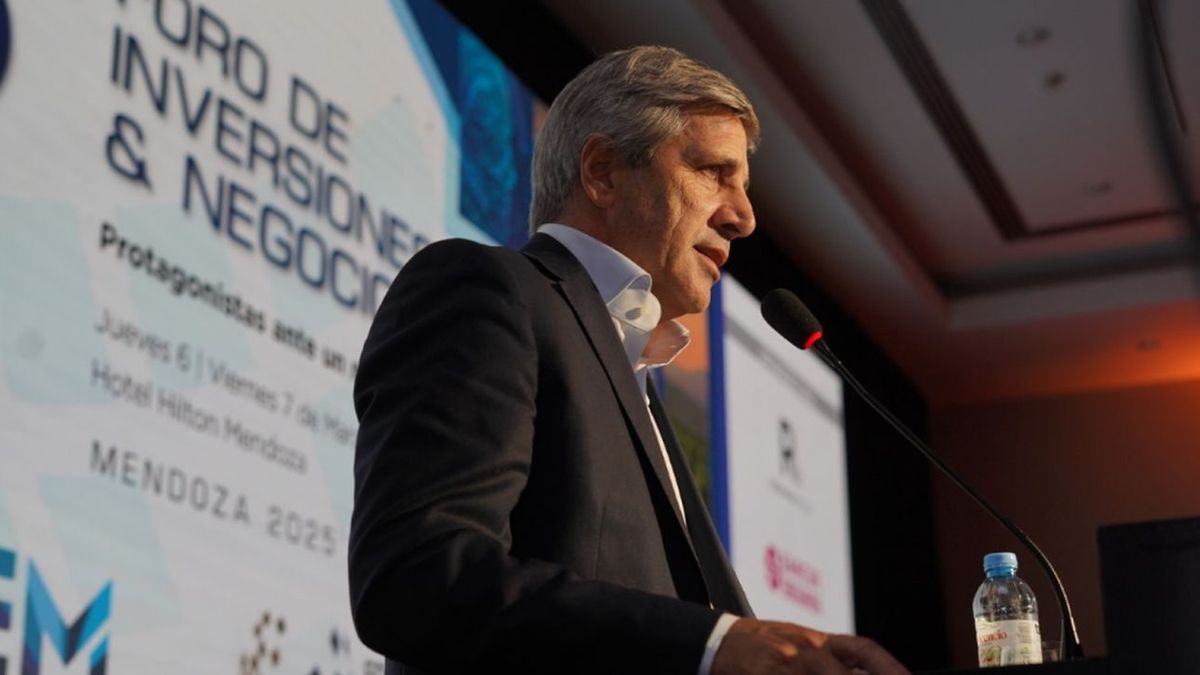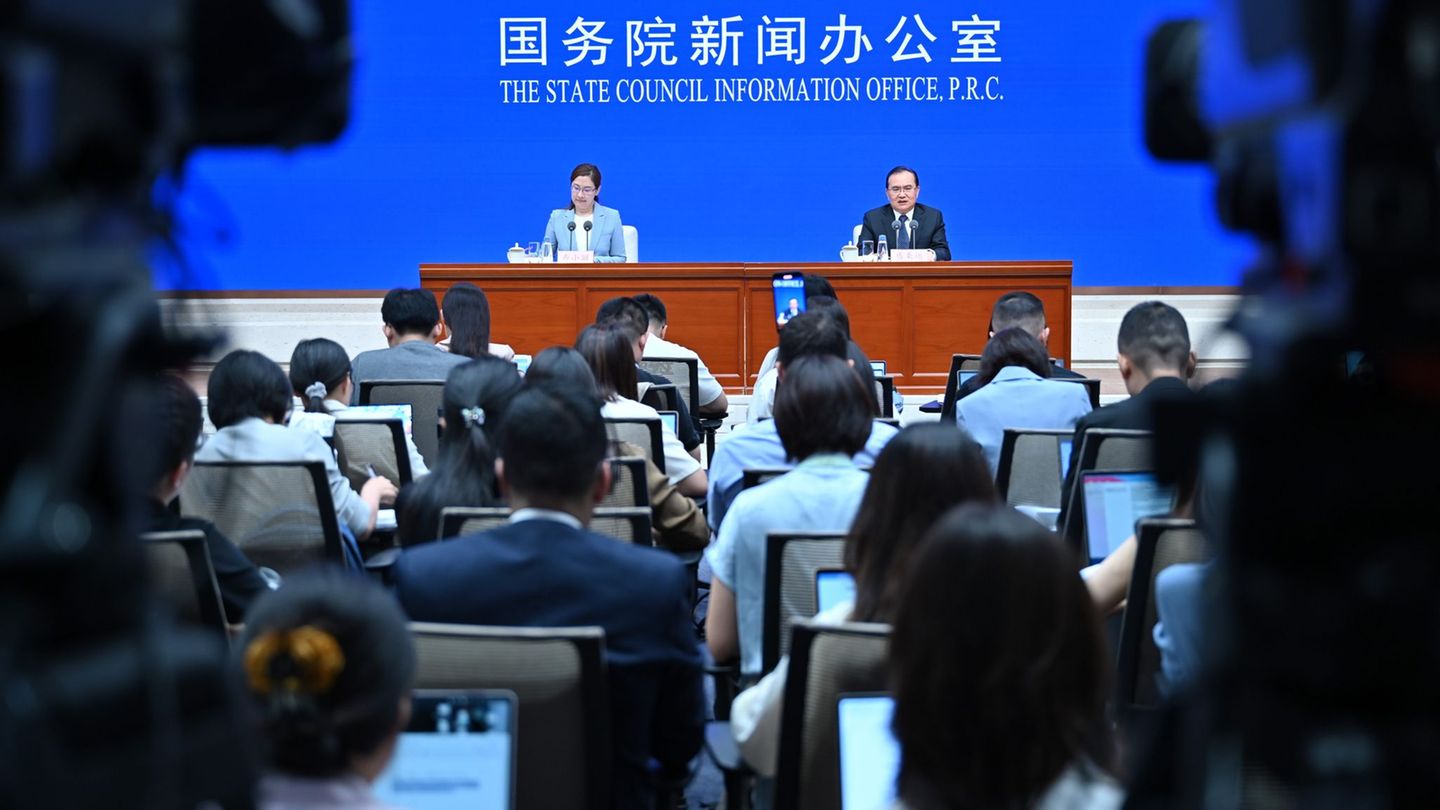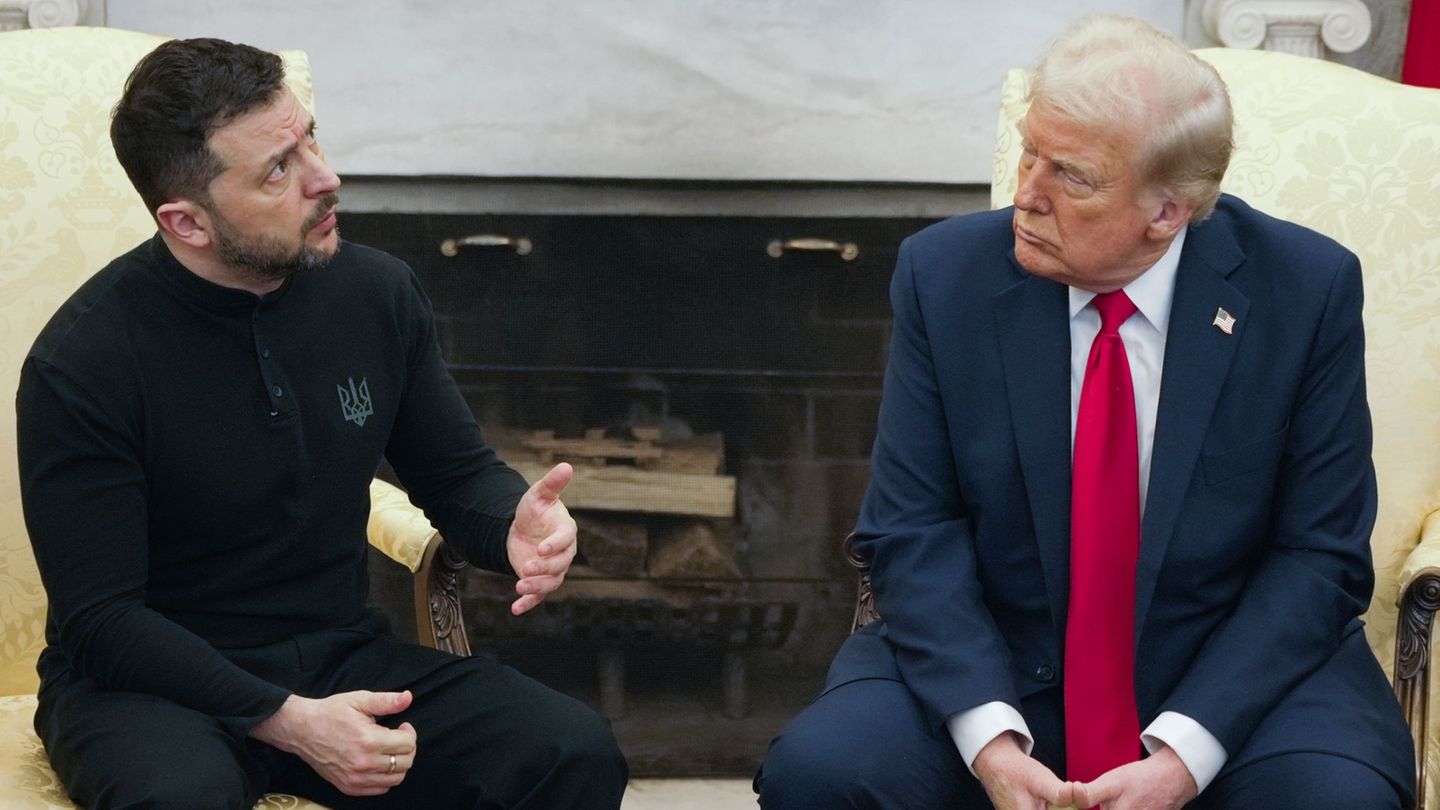There is something that must be read urgently. The formula offered by the minister Luis Caputothat is, PEdge fresh money to the IMF so that the Treasury can capitalize on the Central Bank (BCRA) via non -transferable letters (LI) seems to be perceived in the market as a accounting operation that Wake up skepticism. This maneuver, according to analysts, I could seek to provide the highest capacity center to intervene in the exchange market to the electionscontaining the dollar official and avoiding a widening of the gap with free dollars.
However, The use of these currencies would compromise the necessary resources to face future maturitieslike the US $ 4,500 million in July, and, perhaps, it moves the possibility of reducing the country risk, which could placate if the minister chose to reserve those funds in the treasure as a support for the coming years.
Ultimately, according to the recent evolution of some variables, the true challenge of the BCRA and the economic scheme perhaps does not reside in the “letters”, but in the difficulty in strengthening their reserves with a solid and free support. The need to Use currencies, either directly or through the dollar blend, to maintain an official exchange rate lagging up to the elections, it is part of the problembecause it prevents this accumulation, generating a structural fragility. In this context, the last hours speak: despite a quieter day for today, financial dollars are already above $ 1300 and Blue approaches that brand.
The uncertainty worsened with a significant fact that has transcended little: in a single day this week, about $ 400,000 million withdrew of Common Investment Funds (FCI) of Money Market, equivalent to approximately US $ 320 million at the parallel exchange rate. This flow, confirmed by official sources, evidence a growing preference for the dollarin the absence of signs that the Government holds linked not only to the agreement with the IMF, but also to the form that the exchange policy will have from now on.
The agreement with the IMF is a lifeguard that nobody wants to let out, but the devil is in the details. Without access to international credit and with the Dry Dollar, Argentina needs that oxygen so as not to flirt with non -payment, which does not suit anyone. The challenge is monumental: o The government uses those funds to cover holes and win time, repeating errors that end in more debt and less reservations, or weapon A plan that cuts the agency from the background and put the economy standing. The story does not lie: these pacts are usually patches that shine little. With the market in suspense and the elections on the horizon, the days begin to be repeated. Dollar with greater pressure, gap that expands, and expectations that stopped anchoring.
The dollar flotation is coming: Let’s go the bands
In the last hours, it transpired that The multilateral agency would be insisting that the government of Javier Milei adopts a exchange rate flotation as part of the negotiations for a new agreement. The recommendation, which is not new in the history of the fondomonomonist recipes, lit Alert lights in the City Buenos Aires and among the economists who orbit near the Casa Rosada. Solution to disassemble the stocks or a vacuum jump in a bimonary economy?
The IMF idea is clear: Let the dollar float freely, or at least inside a managed bandto correct what they consider a exchange delay that threatens the accumulation of reserves. In Washington they believe that the current scheme, with a “Crawling Peg” of 1% monthly and a iron stocks, is not sustainable in the medium term.
However, the proposal collides with the warnings of figures such as Ricardo Arriazuone of Milei’s favorite economists, who shot: “The IMF does not understand our bimonary economy; a flotation would now be a serious problem.” “If the dollar goes to the band’s roof, the BCRA will have to burn reservations to contain it, and that in an election year is dynamite,” said an operator who preferred the off the record. The government, meanwhile, plays the mystery. Luis Caputo, from the Ministry of Economy, insists that there will be no abrupt devaluation, but the IMF pressure and market movements could force a correction before planned. Milei, faithful to his libertarian speech, has flirted with the idea of a flotation, although always with stability as a flag.
The discussion about the dollar also added voices of peso in recent days. Domingo Cavalloformer Minister of Economy, warned in early January that the exchange rate is behind 20%, a “similar” appreciation to that of the final years of convertibility, which ended in crisis. In his blog, Cavallo argued that this situation discourages exports and encourages imports, deteriorating the balance of payments, and suggested that an exit of the stocks with exchange adjustment would not interrupt the disinflation, although the government postpones it for fear of volatility.
For its part, Emanuel Álvarez Agisformer Vice Minister and head of PXQ, said in mid -February that the backward dollar is not an automatic success, criticizing Milei’s idea that the fall of the real exchange rate guarantees stability. “Not all of the TCR is a triumph; it can be a sign of future problems,” he said on Radio with you, warning that the shortage of reserves remains the Achilles heel of the current scheme.
To this is added the opinion of Marina Dal PoggettoDirector of Ecogo, who in a recent interview raised two possible scenarios: one where the government holds the 1% monthly crawling waiting monthly waiting external financing – “Follow it, Trump saves us,” he ironized – and another where the IMF strengths a change before, although he questioned how to leave the stocks without devalue Imports “. “It’s a party while everything remains still,” he warned about current rates, suggesting that the balance is fragile.
The debate on flotation also sneaked into the pages of recent economic reports. An analysis published this week by the Analytica consultancy, entitled “Flotation: Panacea or precipice?“, states that the IMF would be evaluating a flotation administered as a previous step to the exchange unification, but warns that without a mattress of robust reserves – stated in at least US $ 40,000 million – the experiment could lead to a exchange rate similar to 2019.” Argentina does not have the macro conditions for a clean flotation; The BCRA would need to intervene constantly, and with the current reserves, that is an impossible luxury, “says the report, which coincides with Rodriguez’s criticism about the monetary imbalance and doubts the viability of the recipe of the background in the short term.
Source: Ambito




